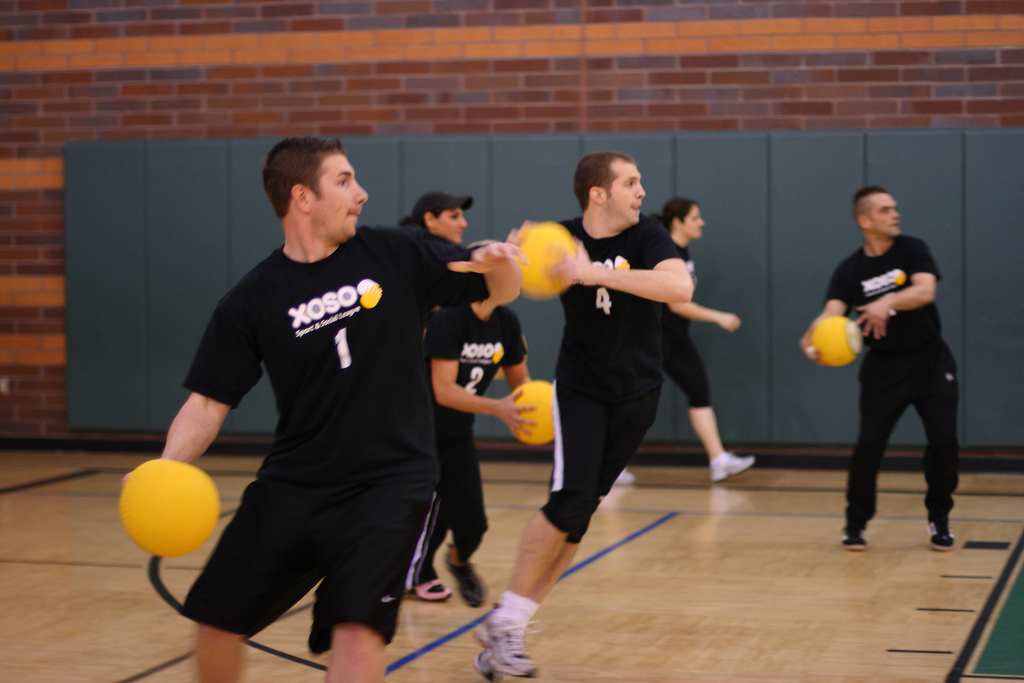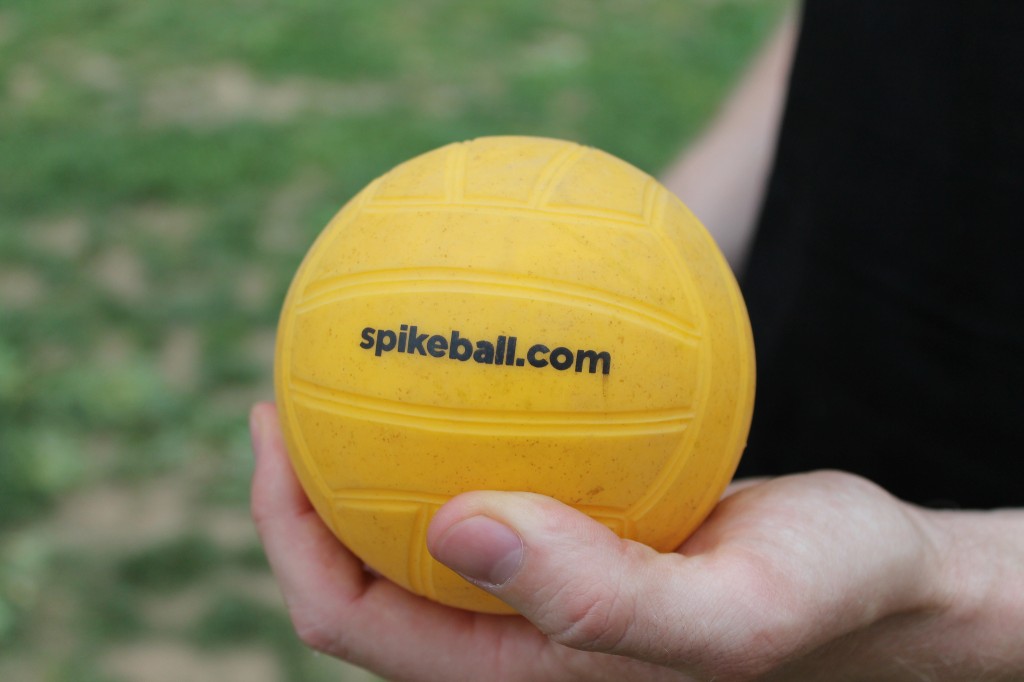By Damon Leedale-Brown
Sports Scientist & Conditioning Specialist
The inspiration for this article came in part from my son and his desire to play ‘squockey’ as part of the warm up for a recent junior clinic session! Combine my interest in movement development and physical literacy in young athletes, with my concerns that the U.S. youth sports culture is increasingly moving towards early specialization and year round competition.
Even for those not specializing in one sport at an early age, it now seems that kids are spending an increasing percentage of their time in structured and organized sports programs, and with such full schedules there is little time left over for free play.
The outcome of all this is that we are seeing young athletes who are much more susceptible to injury and have significant limitations to their overall movement skills and athletic profiles.
From my perspective, the danger of placing young kids in a coaching environment that is too structured from an early age is that, in most cases, it takes away their freedom to develop movement and all-around athletic ability through open play and experimentation.
As a parent of a young athlete consider your son’s or daughter’s current physical and emotional development in sports. If they are in structured coaching environments and programs, how much of each training session is dedicated to movement-based games and unstructured play? Does the coach ever throw in different activities/games other than the sport itself? Around their structured sports programs, how much time do they have each week for free play?
As a coach I am very cognizant of the challenges that the current youth sports environment is presenting to the vast majority of young athletes. I am also aware of how important well rounded athletic abilities and movement skills are to the game of squash, and I have seen great first hand examples of kids who come into the game at a later age who have been able to develop into very accomplished squash players, in large part, because they were already excellent movers and athletes.
For these reasons I am always looking for different unstructured movement-based games to use within my training clinics and camps. These are not only great fun (for the kids and coaches!), but are also helping the aspiring young athletes to develop whole-body skills such as balance, coordination, agility, visual acuity, spatial awareness, etc.
Examples of some of the games I use are:
1) Indoor hockey or ‘Squockey’—we use plastic and foam sticks, which are safe for use on the squash court, and typically play 2 v 2. Set up small goals at either end of the court using cones. It’s a fantastic game for movement, coordination, timing, awareness of space, and reading the game.
2) Dodgeball—always a favorite with the young kids. Must be something rewarding about throwing balls at each other. Again, we normally play 2 v 2 with one pair at the top of the court, and one at the bottom. We use sponge balls and have up to five balls on court at one time. Dodgeball is another great movement game, especially for the body control aspect of trying to dodge your opponent’s throws. Add to this the throwing element which teaches them how to use their lower body and hips to generate power from the upper body.
3) Spikeball (http://spikeball.com/pages/official-rules)—a game I saw last summer on the beach We play a modified version on the squash court of the 2 v 2 game and, for younger kids, allow the ball to bounce once per pair. Great for movement, hand eye coordination, quick reactions, body control, etc. In the spring and summer we will take this outside on the grass during camps.
4) Circular soccer (http://www.circularsoccer.com/concept/)—will not be officially released until August this year but will definitely be my next addition to the open and unstructured movement-based games I use for training. Kicking a ball is great for single leg balance and stability movement so, again, very transferable to the squash court, along with the design of the game which promotes free movement in all directions around the three-sided goal.
My hope is that this article has made parents reflect on whether their kids are on a healthy and happy path towards becoming accomplished and well-balanced young athletes, and to share some of my ideas with coaches on a few excellent movement games that can be used in the training and development of young squash players.







